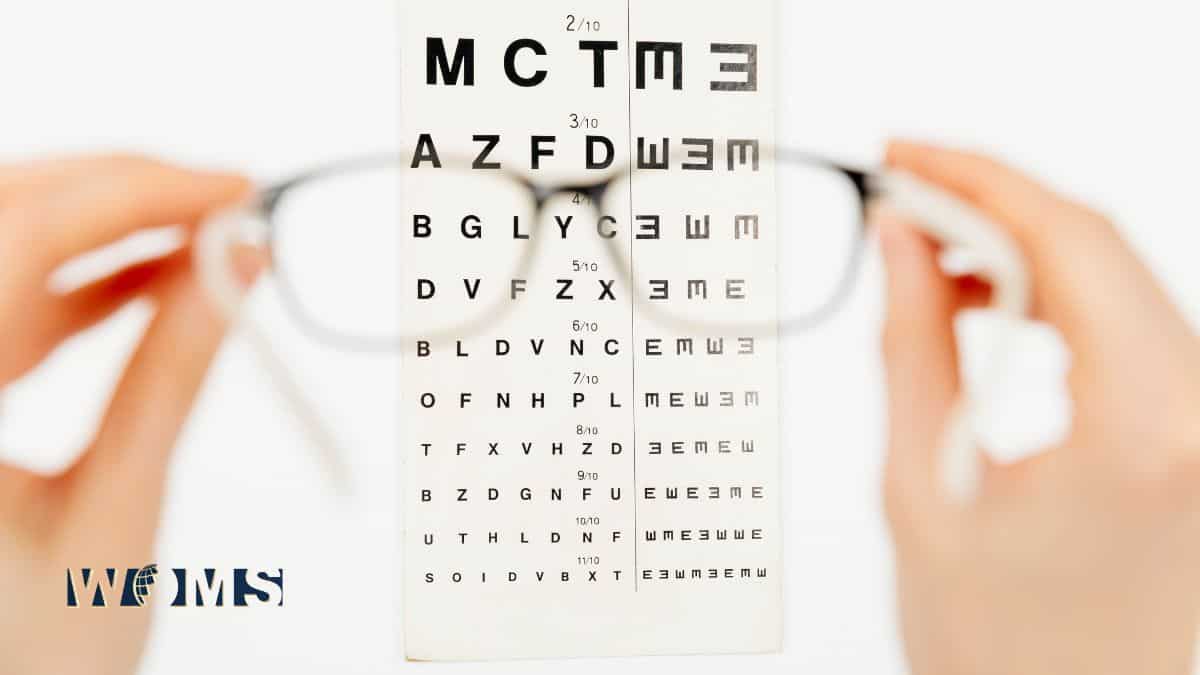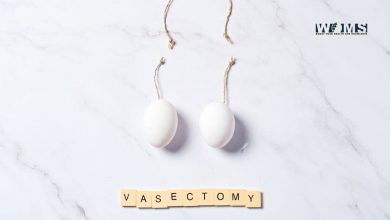– 1.50 Eye Prescription How Bad is That

If you’ve taken a trip to the optometrist recently and been told you have a -1.50 eye prescription, you may be wondering what, exactly, this means. Do you have a severe case of nearsightedness? How do eyeglasses correct the condition? And what causes nearsightedness, anyway? We’ve got all the information you need below.
Is -1.50 Eye Prescription bad?
While a + sign indicates farsightedness, a – sign indicates nearsightedness. The latter means that you’ll have more trouble seeing things clearly that are further away than someone with standard 20/20 vision.
The numbers after the – sign represent the strength of the correction needed to bring your vision to 20/20. The strength of eyeglasses is measured in diopters. So, a -1.5 eye prescription means that you’ll need lenses with 1.5 diopters of strength to correct your nearsightedness. The higher the number, the greater the correction strength required to correct the vision.
What Do I Need to Know About Nearsightedness?
Nearsightedness is also known as myopia. It’s a refractive disorder that affects many people worldwide. Those with myopia can see things that are close by, but objects further away will look blurry. The more severe myopia, the less far away objects will be before they appear blurry.
What causes nearsightedness? In most cases, it occurs where the eye is elongated, resulting in there being too much distance between the retina at the back of the eye and the cornea at the front. If the eye’s cornea is too curved, this can also cause myopia – although this is rarer.
As a result of the extra distance, rays of light enter the eye and fall in front of the retina instead of on it, which causes blurriness experienced by those with nearsightedness. The strength of eyeglasses corrects this, allowing the wearer to see objects more clearly.
How Eyeglasses Treat Nearsightedness
Concave lenses are used to treat myopia – these are lenses that are slightly curved inwards. These lenses are thicker at the edges and thinner at the center, meaning that light rays are diverged upon entering the eye, sending them further back, so they hit the retina directly rather than landing in front of it.
The higher the concavity of the lens, the more the light entering the eye diverges. And this is how eyeglasses work to correct nearsightedness.
How ‘Bad’ is My Prescription?
As discussed above, there are different degrees of nearsightedness, which are indicated by the numbers after the minus sign.
According to the American Optometric Association, those with prescriptions between -0.25 and -2.00 have mild nearsightedness, while those with prescriptions between -2.25 and -5.00 have moderate nearsightedness. A prescription that’s lower than -5.00 indicates high nearsightedness.
Therefore, if your eye prescription is -1.50, you have mild nearsightedness. It’s important to be aware that it’s normal for eye prescriptions to change over time, and you may find that some time down the line, your prescription becomes more nearsighted, and you need stronger eyeglass lenses as a result.
How Common is Nearsightedness?
It’s estimated that around 42% of the population of the US is nearsighted, and this number is increasing. It’s often a hereditary condition, and scientists have now identified several myopia-related genes responsible for causing it. However, there are also environmental elements at play: close work, such as reading or working on a computer or other device, may exacerbate myopia.
Between the ages of eight and twenty-five, there’s a period when the symptoms of nearsightedness may be ameliorated- it’s between these ages that there tends to be the greatest, fastest progression of the condition. Researchers are working to discover techniques to use during this period that could help, and there have been some breakthroughs. For example, multifocal contact lenses have proved to be effective when used by kids in slowing the progression of myopia.
How to Choose Glasses for Nearsightedness
With a -1.50 eye prescription, you have mild nearsightedness, meaning the lenses in your eyeglasses won’t be thick. As a result, there’s no need to worry about how well your lenses will fit in a frame with this prescription.
It’s important to take your time when choosing your new glasses, and it’s advisable to take a friend with you who you can trust to give you an honest opinion. If you’re buying glasses online, it’s a good idea to select a few pairs to try on at home to see which works best.
When choosing a pair of glasses, think about which type of frameworks with your face shape and the color that best compliments your skin tone. Consider, too, the color clothes you most like to wear to make sure that your frames won’t clash with your favorite items in your wardrobe.
The Takeaway
If you have a -1.50 eye prescription, this isn’t considered a ‘bad’ case of myopia – rather, you have mild nearsightedness. With the huge range of frame styles now available, you’ll have no trouble finding eyeglasses that reflect your style and personality perfectly.




